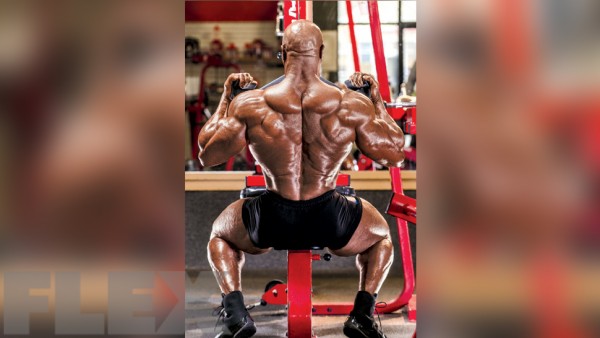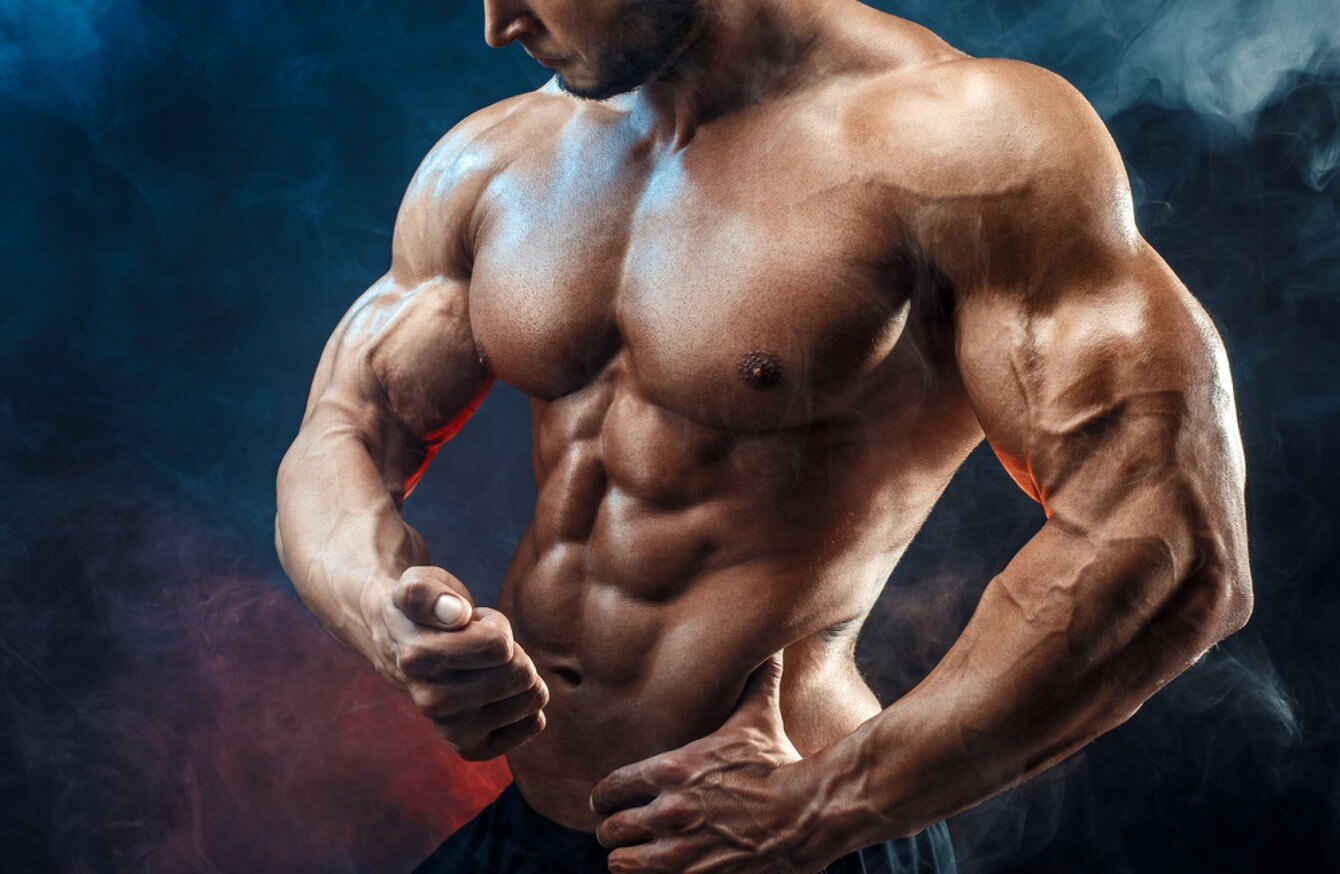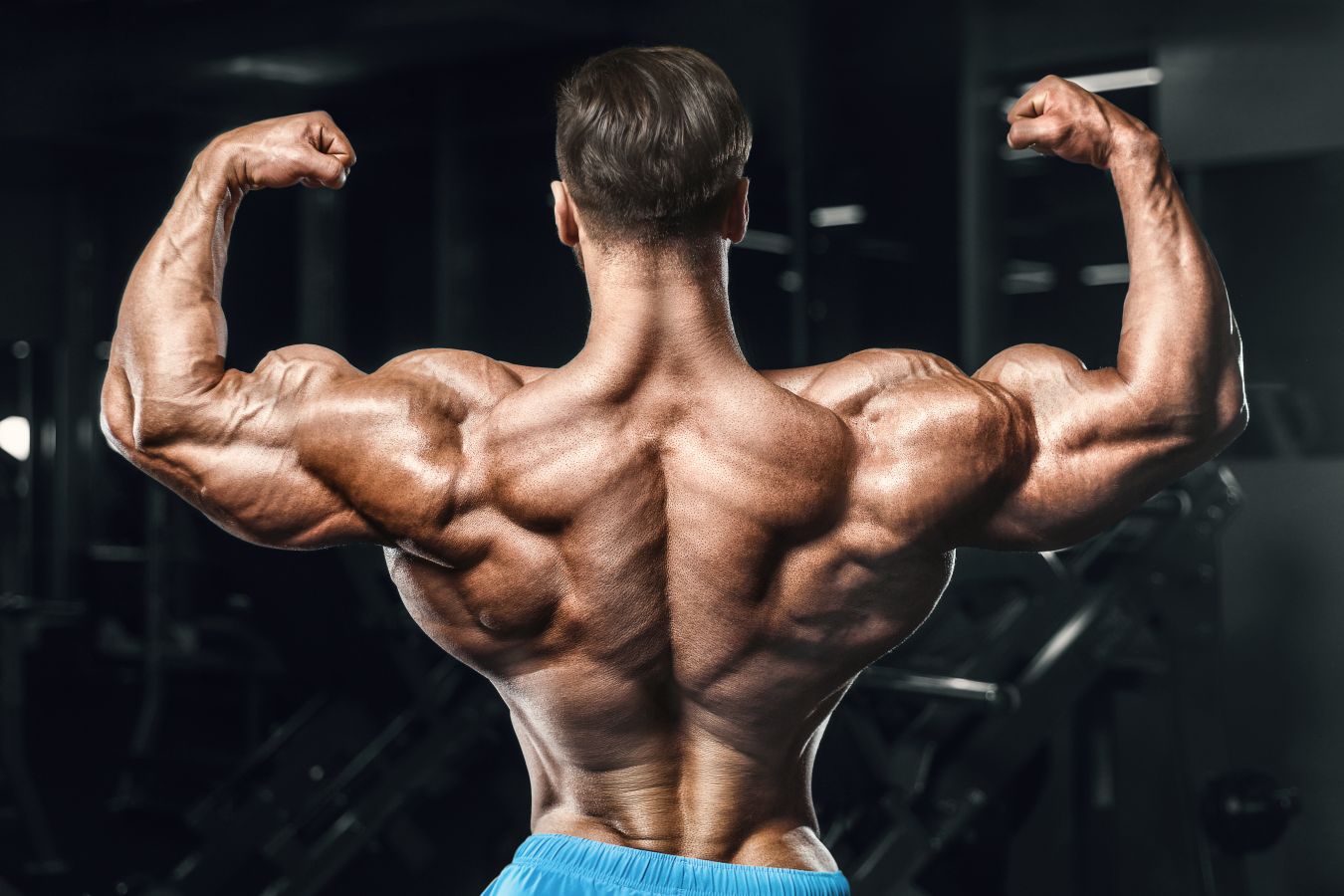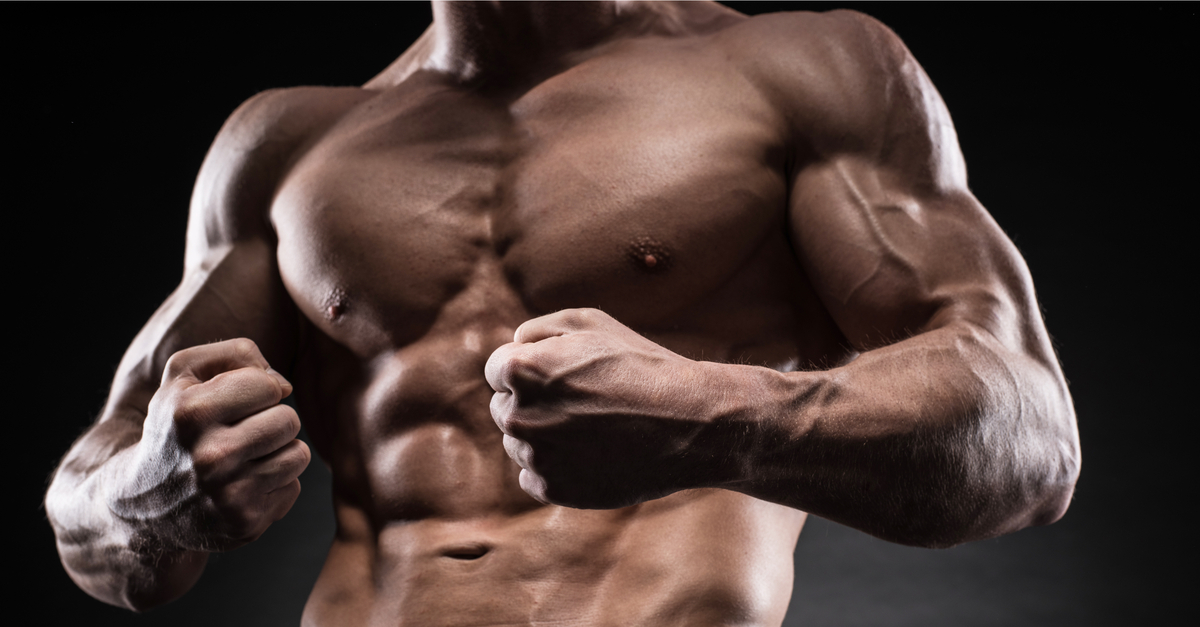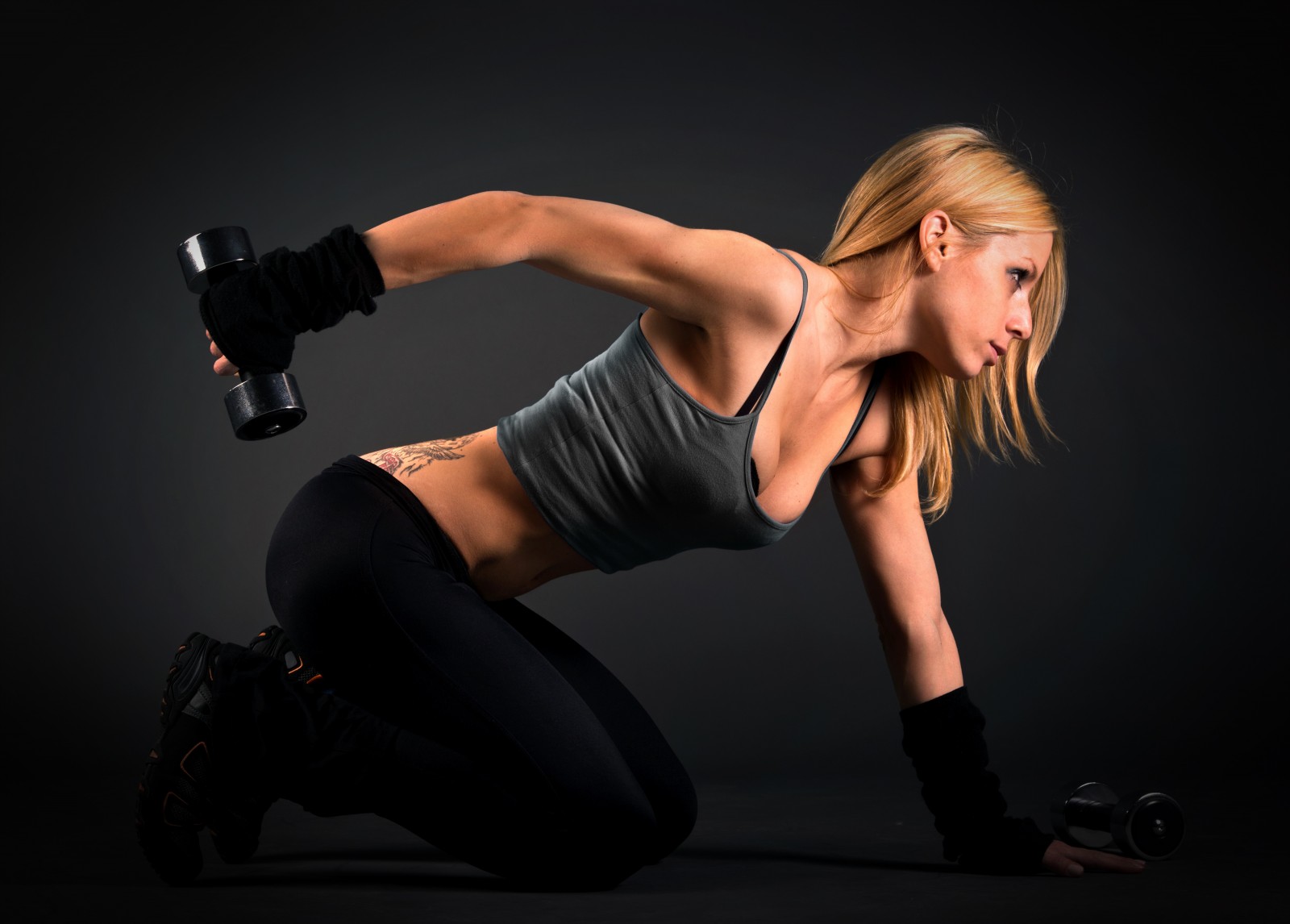For most new bodybuilders in the gym, the goal is simple – to get big! New lifters train for mass the vast majority of the time, eating, training, and sleeping big in that ever-vigilant journey to greater size and new dimensions. Over time, they do see these mass gains, and with the new muscle often arrives the desire to show off the physique a bit. However, at this time, things change for the new bodybuilder. When you haven’t yet completed, you’re undefeated in the symmetry department. It doesn’t matter all that much if your calves are sub-par when your only shirtless appearance is on the beach. However, under the experienced eye of professional judges, flaws in symmetry can become apparent, and can keep you from winning the trophy that you certainly hold enough mass to claim. But how can you measure and improve your symmetry? Let’s learn more!
It’s often been said that the measurements of the neck, calves, and upper arms should be equal. It is believed that this is the mark of true perfect symmetry. For many bodybuilders, it may be easy to reach either 18 inch arms or calves, but both? That is the challenge! You can spend years of your life training the smaller area to catch up, halting the growth of the larger muscle group in the meantime to help facilitate this symmetry faster. Or, you can keep growing the larger area at a slower rate, and emphasize greater efforts to the muscle group that is behind.
Perhaps training your lagging calves twice a week might be the answer. And neck training? That should be simple! Use plyometric pressure 2 to 3 times per week. If you’ve never trained your neck before, you’ll likely find you can add a full inch in just a month of dedicated training and two inches over three to four months of training. Those calves and upper arms might take a bit longer, however!
In bodybuilding, there is no such thing as a waist that is too small. Sure, some argued that IFBB Pro Brian Buchannan had a waist that was too small for his body, but his major flaw (to go with his legitimate 24 inch waist) was a lack of development in the lower back and lats that tied in too high in the upper back. For most bodybuilders, keeping the midsection tight and trim is a major goal. Since the beginning of bodybuilding time, the ideal physique has been one with a very small waist and wider upper back – one resembling the letter “V”. This V-taper is awarded in judging, and very often a bodybuilder with less muscle and poorer conditioning with score higher marks in a show because his waistline is smaller than his competitors and he nails down that V-shape.
Finally, you will encounter situations where you best body parts are simply too good for the competition you are entering. If your biceps grow well, embrace this – but don’t let them overpower your physique. Even top IFBB professionals like Mr. Olympia runner-up Branch Warren have cut back a great deal on their standout body parts (in his case legs) to allow other muscles groups to play “catch up”. You can and should do the same!
